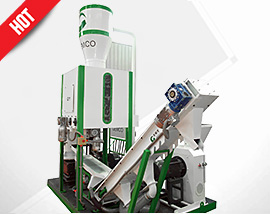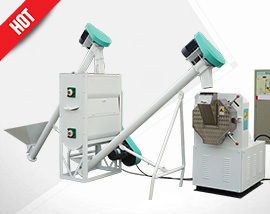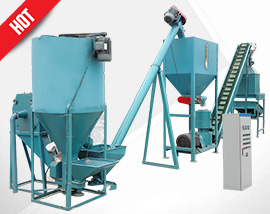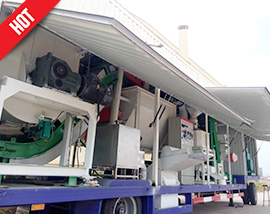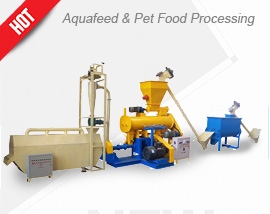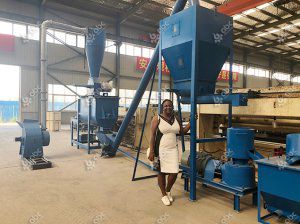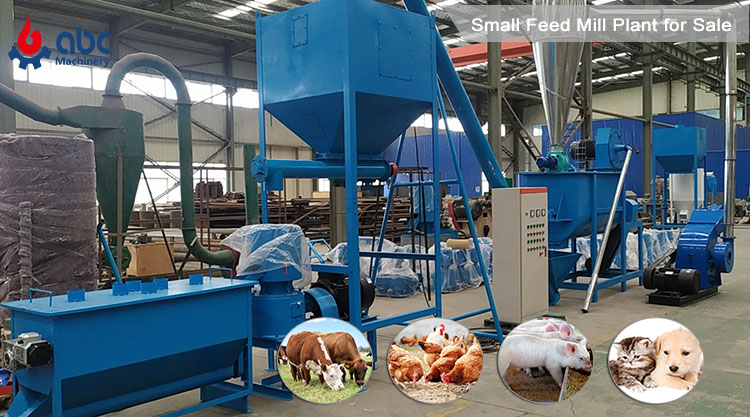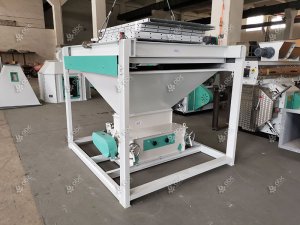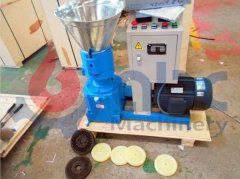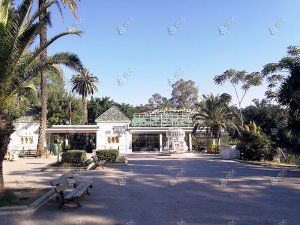20 ton/h Animal Feed Mill Plant
Project Name: Animal Feed Mill
Feed Plant Capacity: 20 tons animal feed pellets can be made per hour, which is equal to 120,000 tons per year.
Application: It is suitable for making feed for livestock and poultry animals.
Project Cost: For detailed parameter and price of each machine, feel free to send us an inquiry!
Animal Feed Mill Plant Photo Display
If you are planning to run a large feed factory for processing poultry feed or livestock feed, this feed milling project should be a good reference. View the pictures below to take a look at the included equipment. (Recent News: 3~5 ton/h Small Animal Feed Processing Plant Exported to Mali )
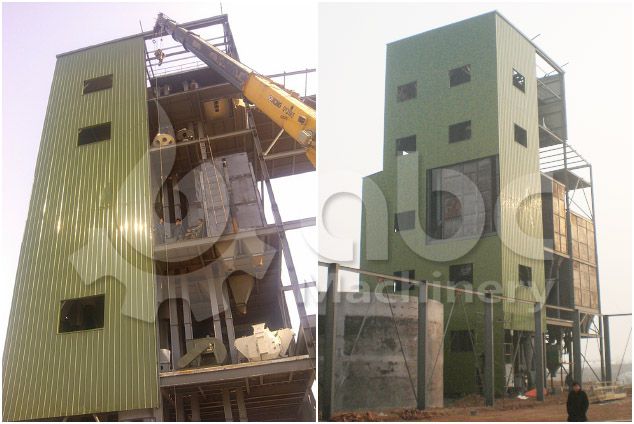
Plant Under Construction
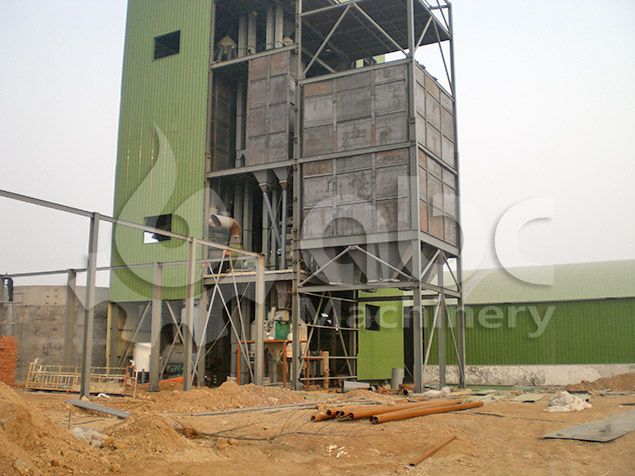
Adopts Ring Die type Feed Mill Machine
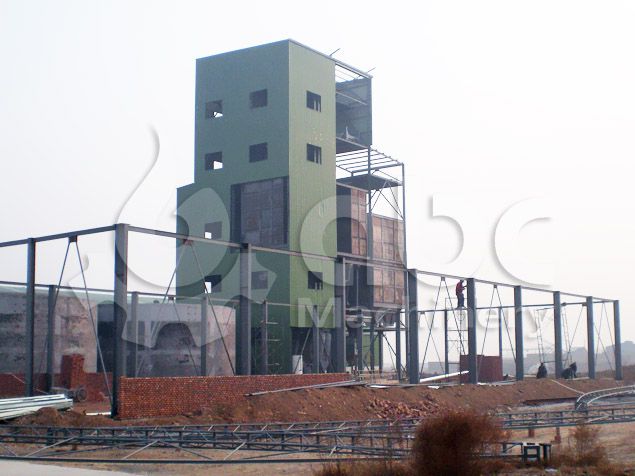
Construction Site
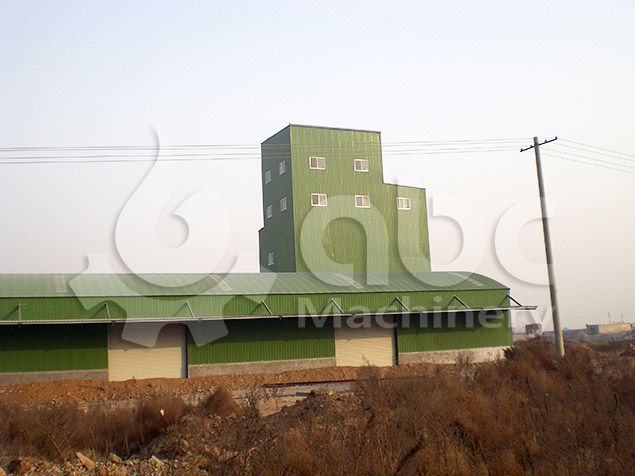
Finished Livestock & Poultry Feed Pellet Plant
Roughage Feeds Vs. Concentrated Feed
Roughage feeds are type of feed which mostly consist of crude fibre, roughage feed usually have low nutritional value and they include hay, agricultural products and side-line products. Concentrated feeds are usually used to provide energy, protein and mineral feeds to animals. They are featured of high nutritional value and palatability. If concentrated feeds are not processed well then it can interfere with digestion in animals. (Click here if you need Mash Feed Production Line >>)

Livestock & Poultry Feed Industry
Processing and Utilization of Roughage Feeds
- Wetting and Soaking: Wetting and soaking helps to improve palatability in feed intake and also improves the nutritional value of animal feed.
- Cuting and Crushing: Helps in the intake of feeds by animal and this process usually varies according to the age and the type of animal to feed.
- Ammoniation: Helps to improve the crude protein content of the feed and can also be used to improve digestibility and palatability of the organic matter in the feed.
- Fermentaion: Helps in removing the crude fibre which is difficult to digest by animals hence helps improve the nutritional value of feed products.
- Pelletizing: During this process we find that mechanical force used and steam helps to destroy the cell wall of the grain hence pelletizing provides the appropriate n~ tonutrients e.g. energy, protein, and minerals hence provided necessary energy needed by the animals.
The advantages of feed pellets includes: easily packaged and transported; it doesn't go bad easily; reduce feed waste and increase feed intake in animals.



